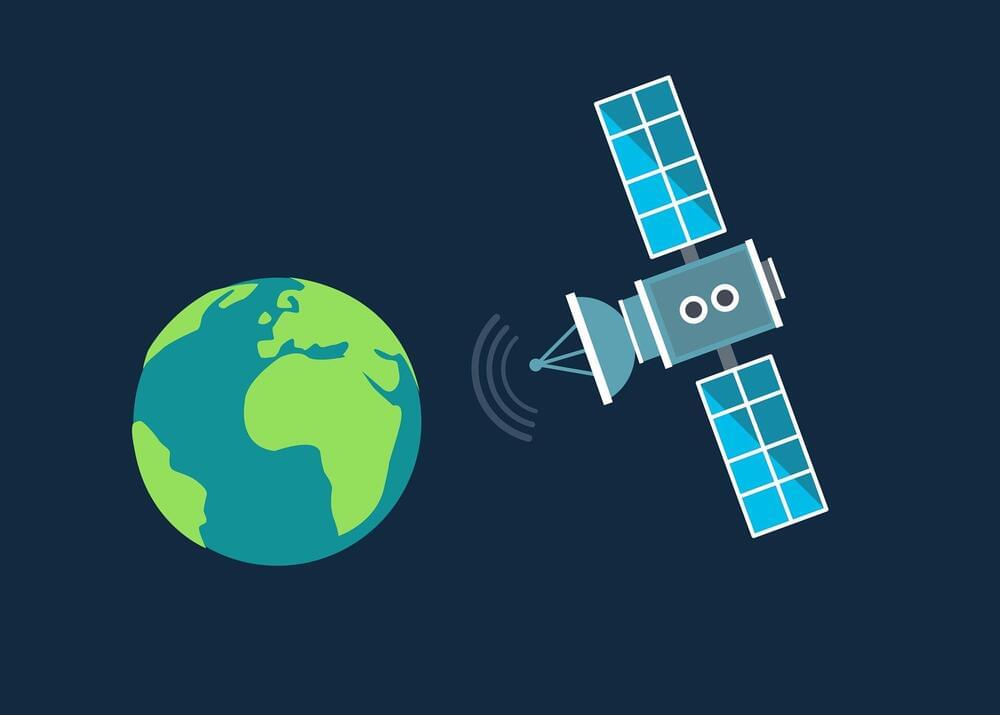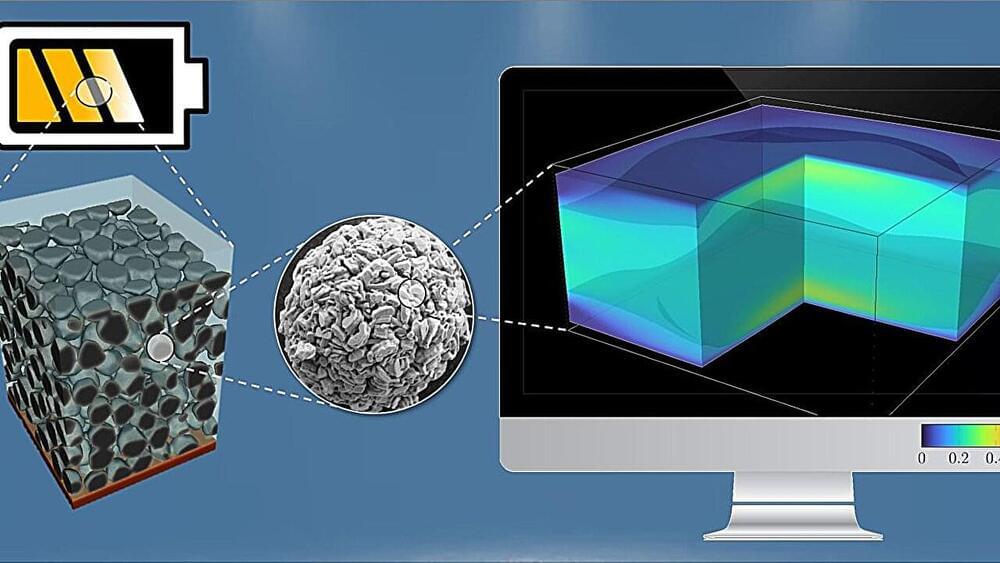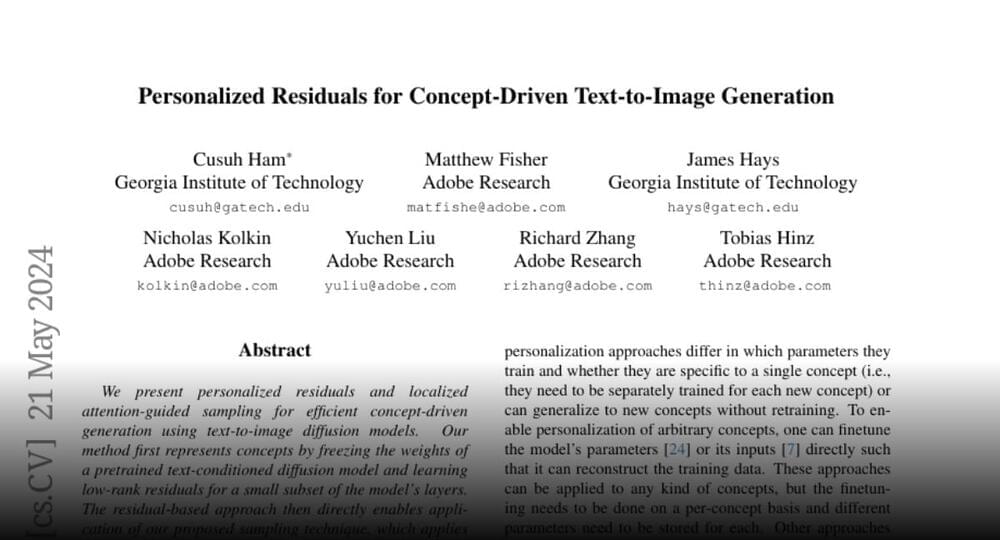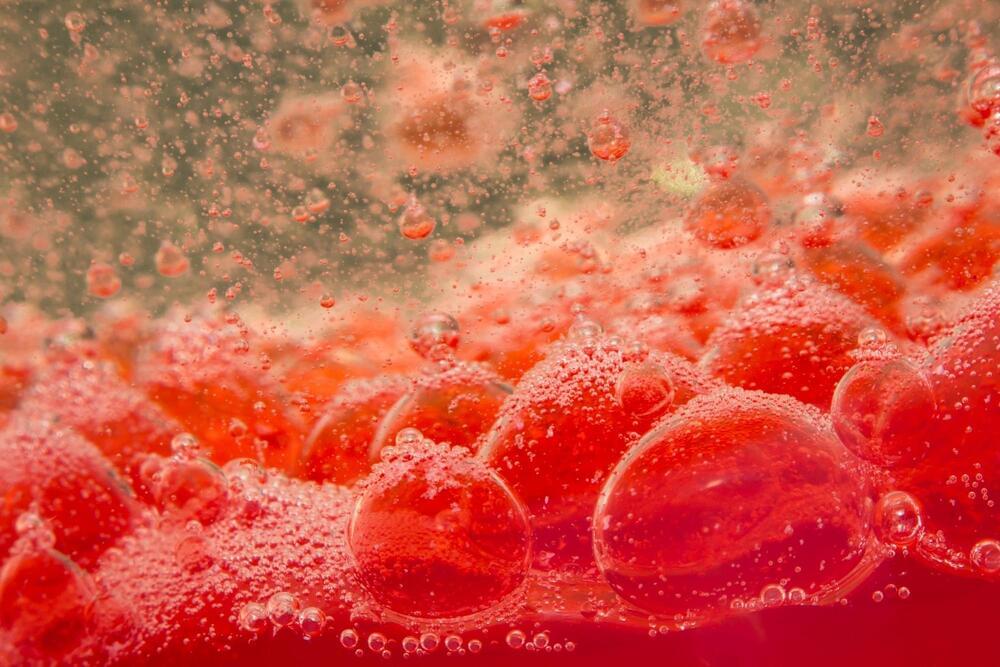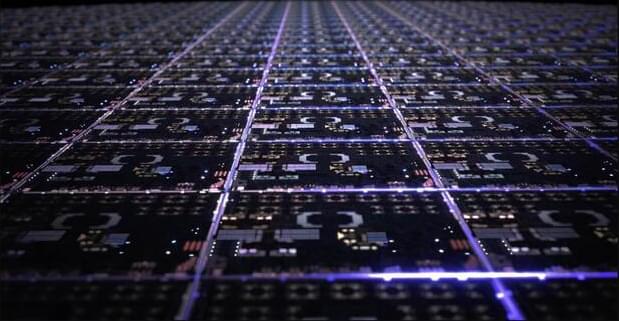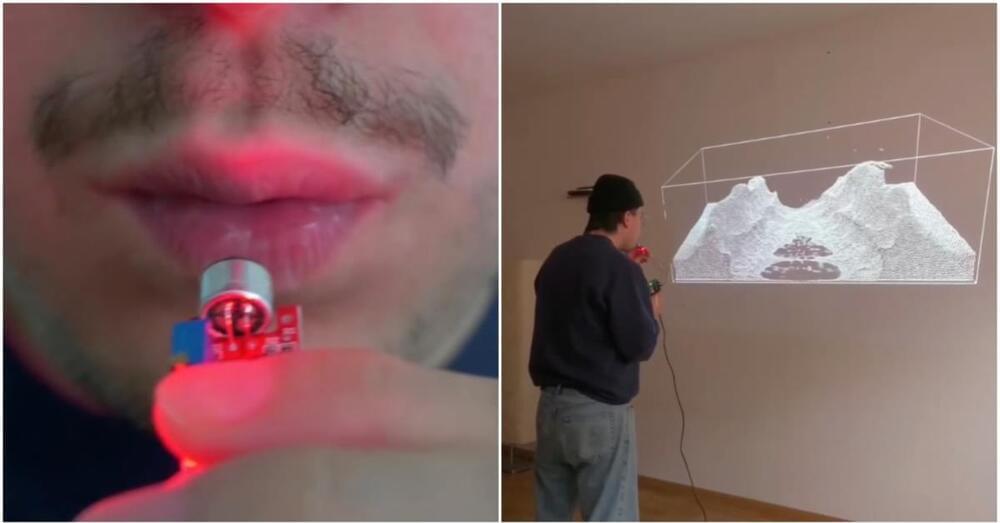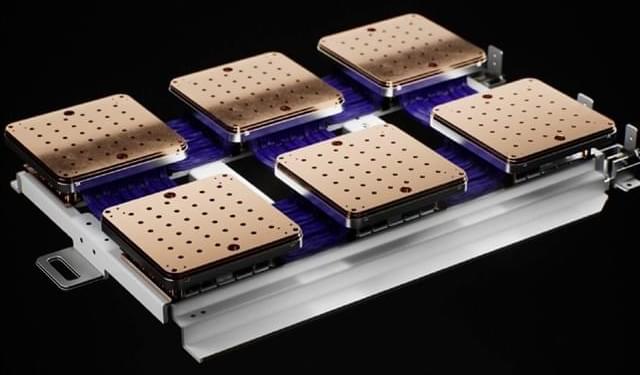The Low Power Double Data Rate 6 (LPDDR6) memory may be introduced with data rates starting from 10.667 Gbps and bandwidth of 32 Gbps. This is the new information coming from the JEDEC presentation, as revealed by Synopsys and published Darkmont. The presentation touches on several topics, including LPDDR, DDR and CAMM standards.
The LPDDR5 standard is already 5 years old, it is time for an update. The mid-product update from Samsung and SK Hynix in a form of LPDDR5X and LPDDR5T are not good enough anymore and in 1–2 years demand for higher bandwidth will unquestionable. Especially given the progress in integrated graphics solutions, which heavily rely on fast system memory.


